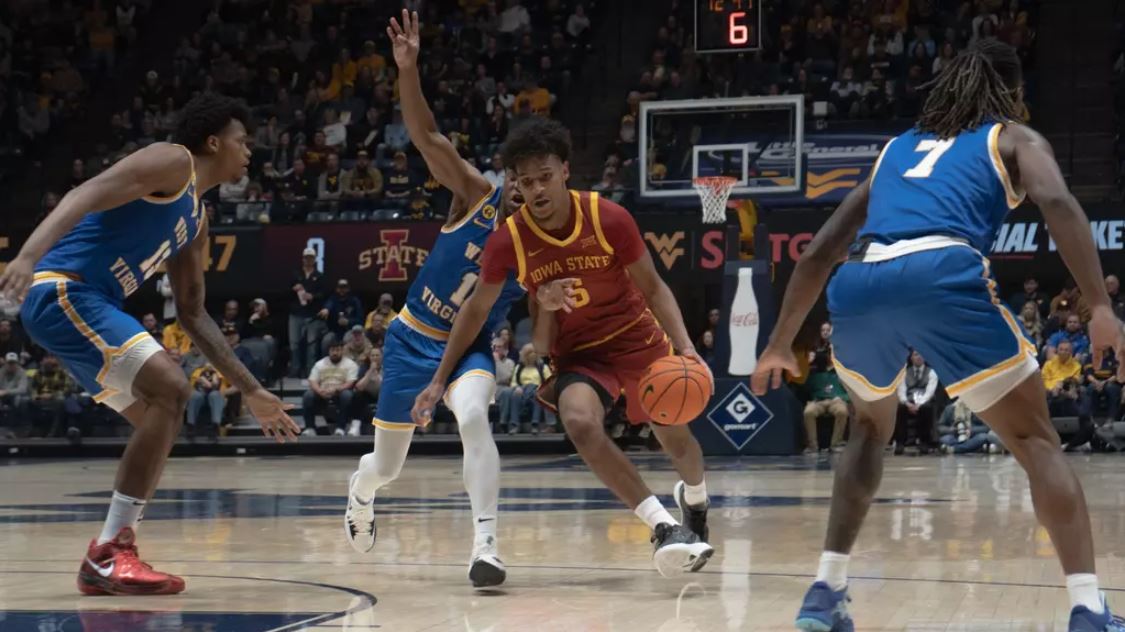Hops cooperative views may benefit Iowa’s main crop commodity groups
July 12, 2004
Small-market crop growers can learn about an innovative method to return value to farmers — from hops growers.
The head of a Washington state hop growers association will give a seminar at 6:30 p.m. Wednesday in the Pioneer Room of the Memorial Union to explain methods the Yakima Chief association uses to help hops growers and how the same business arrangement could be applied to some corn and soybean growers.
Brendan O’Connell, chief operating officer for Yakima Chief Inc., a cooperative partnership formed by 14 hops growing families, said his company helps growers negotiate sales to brewers.
“Our company is unique as an agricultural company in that it rarely buys or sells the grower’s product. The grower owns it all the way to the brewery customer’s gate,” O’Connell said. “Our company draws an agreed amount for services rendered, and the remainders go to the growers.”
Brewery customers are provided with auditable information, such as processing records and food safety information. Yakima Chief sells hops to at least six of the world’s top 10 brewers, O’Connell said.
“Hops is an extremely small industry. It doesn’t have a futures market where hedging can take place; it has none of the large industry advantages,” O’Connell said. “There is a history in the hop industry of extraordinarily large fluctuating in pricing.”
Corn and soybean farmers typically sell their crops to an elevator, O’Connell said.
The elevator tries to make a profit margin based on the differential of what it pays and what it can obtain.
“I’m not portraying it as anybody’s salvation in corn or soybeans, but I was told there are specialty fractions of corn and soybeans that are interested in developing secondary markets,” O’Connell said. “People were also looking for a discussion of how one can make a sustainable source of business.”
Yakima Chief strives for sustainability with brewery customer contracts, O’Connell said. The contracts help the company to eliminate extremes in hop prices.
“We hope Iowa farmers will learn about a system for pricing their product on a cost-plus-return-on-assets basis,” said Jill Euken, head of the BioEconomy Working Group. “The top producers have a formula, and they figure out all of their costs and then how much they’ve invested in their land, equipment, time and so forth, and they base their price on that.”
Normally, if a crop becomes more profitable, the farmers don’t receive any additional money, said Rich Pirog, marketing and food systems program leader for the Leopold Center for Sustainable Agriculture.
“Farmers could share more in the rewards and profits of participating in the food supply chain, rather than just serve as input suppliers,” Pirog said.






